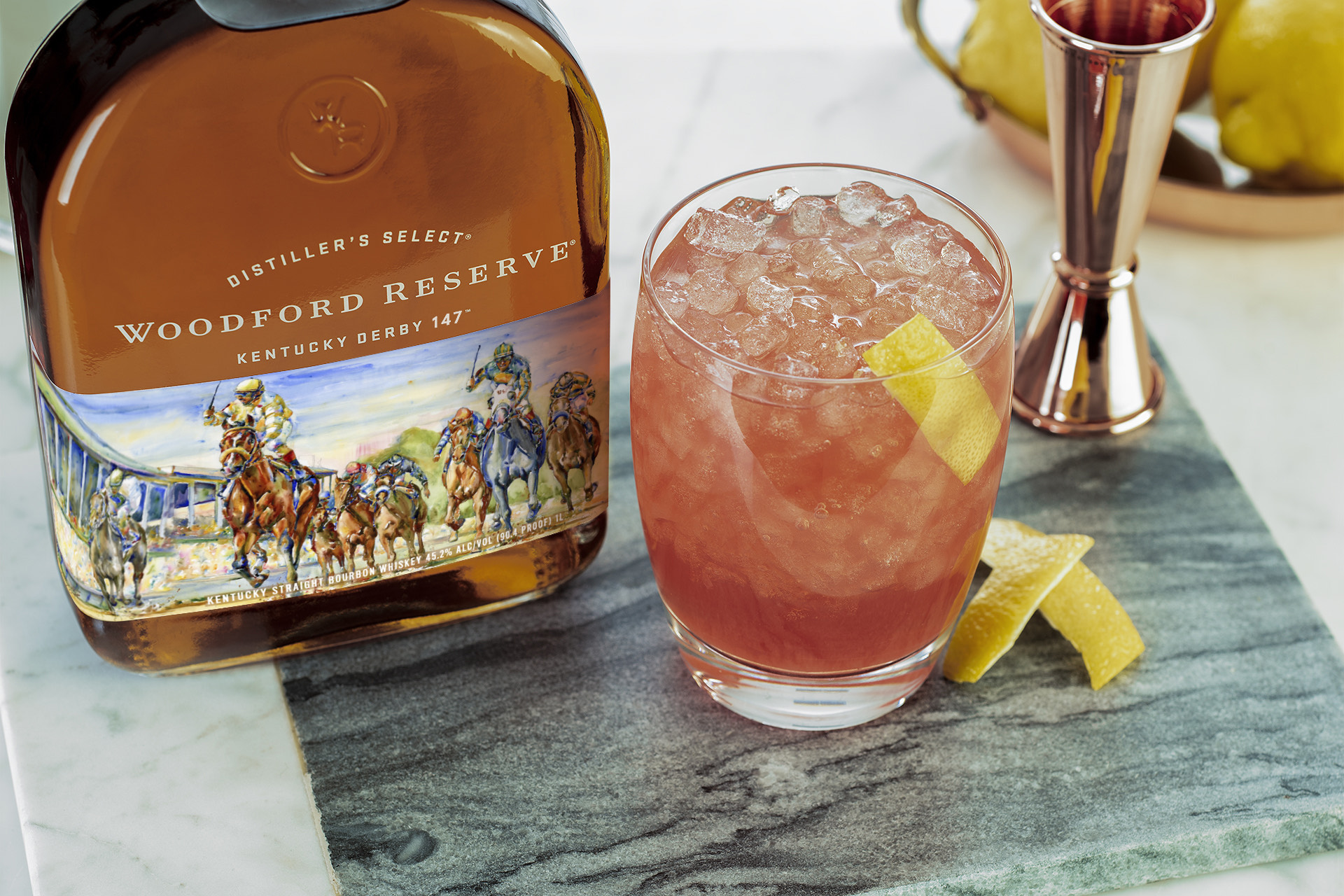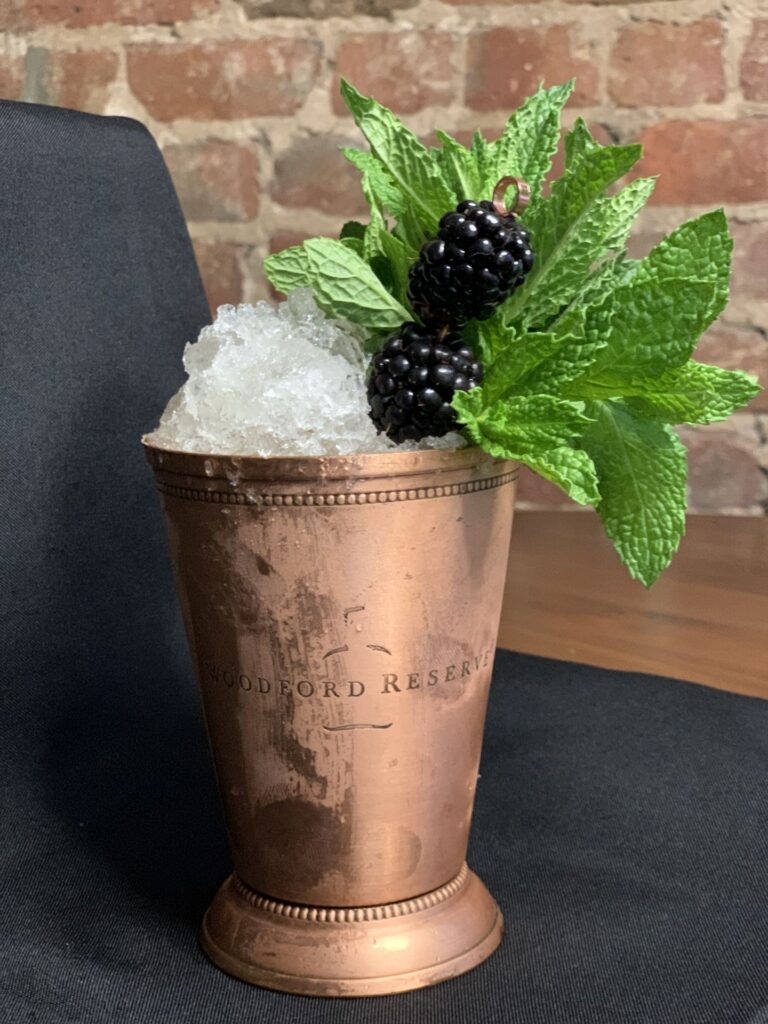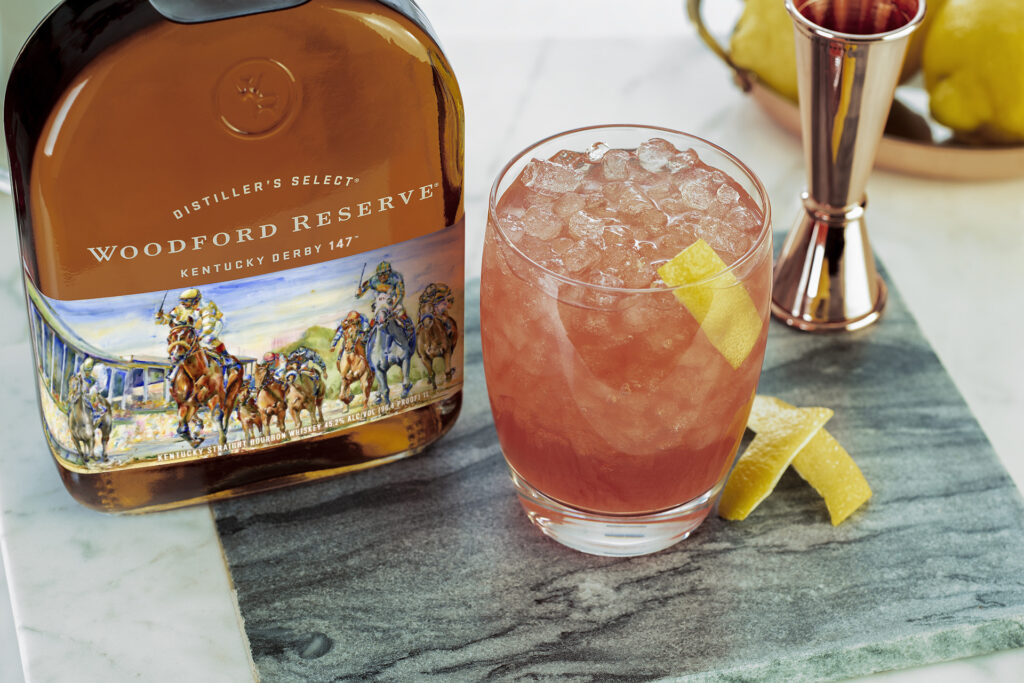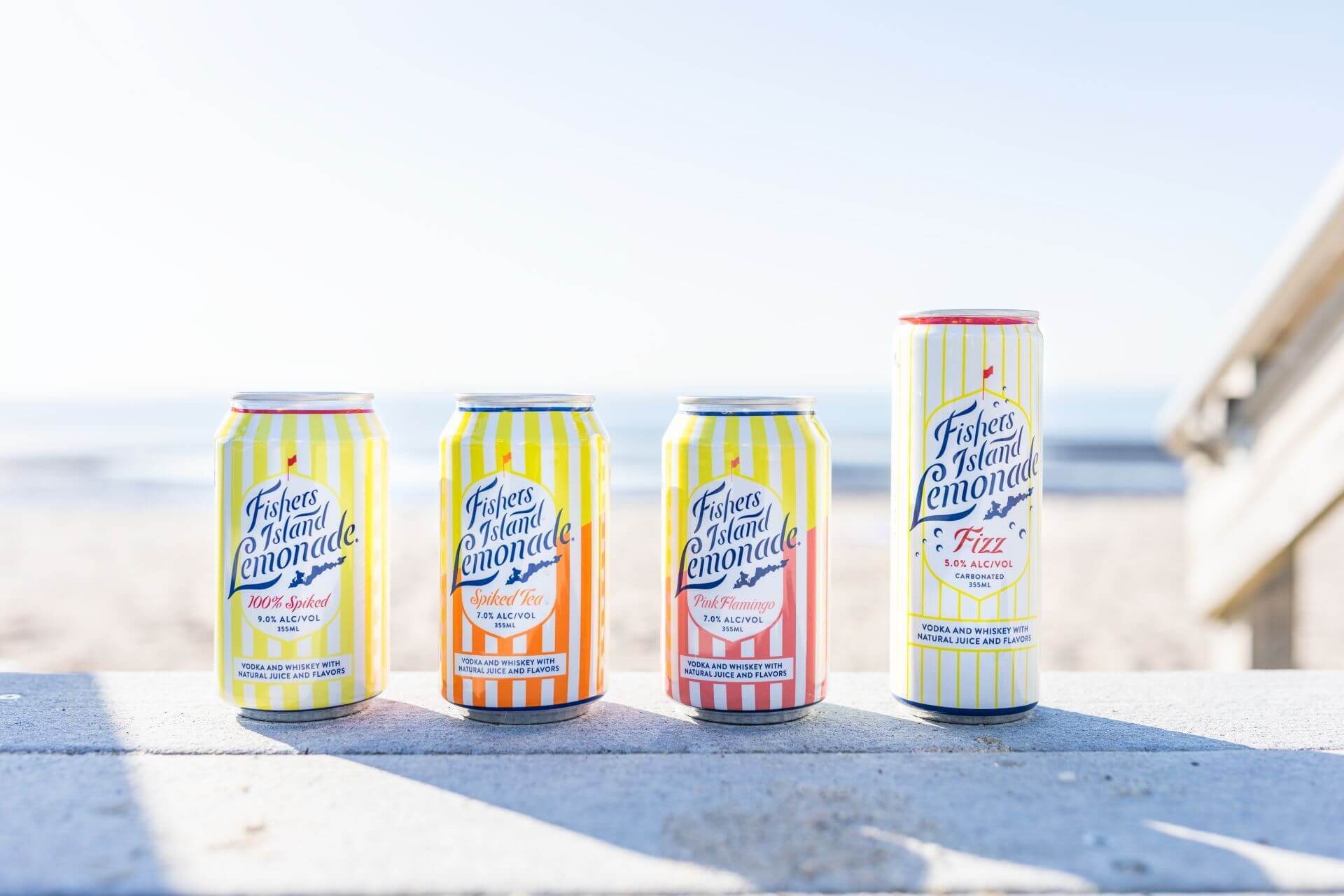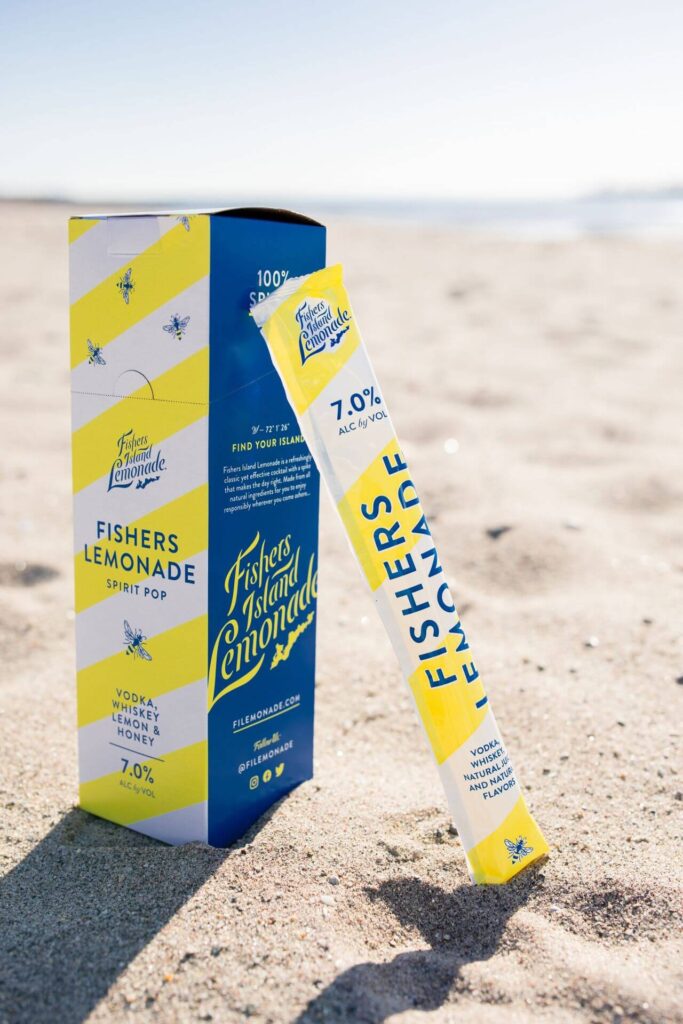New Sparklers for Summer Celebrations
by David Klemt

Operators can expect a massive amount of weddings to take place this summer and should angle to land rehearsal dinners and receptions.
After all, one driving element of pent-up consumer demand in Summer 2021 comes from 2020 weddings.
For many, weddings and other big celebrations call for bubbles. Well, just in time for summer celebrations come the releases of three challengers to Champagne’s throne.
Time for a PARTY
There is, perhaps, no designer or brand name more closely associated with weddings than Vera Wang.
The designer behind the eponymous label is largely credited with revolutionizing the bridal industry in the ’90s. Her bespoke wedding dresses remain the top choice for brides around the world. Of course, she also makes couture bridesmaid dresses.
Expanding ever since first dominating the bridal space, a bride can rock a Vera Wang ring and fragrance while wearing her Vera Wang wedding dress, standing across from a groom in a Vera Wang tuxedo and next to her bridal party in Vera Wang bridesmaid dresses.
And now, they can sip a Vera Wang sparkler at their rehearsal dinner and wedding reception.
View this post on Instagram
Earlier this year, the designer announced a limited release collaboration with Chopin Vodka. Now, she’s launching Vera Wang PARTY, a premium Prosecco.
So, you may be done with this phrase at this point, but we tend to drink with our eyes first. PARTY’s matte silver bottle and bright neon yellow lettering are a chic and modern take on sparkling wine presentation. I can already imagine plenty of fashionable brides wanting PARTY bottles on their rehearsal dinner and reception tables.
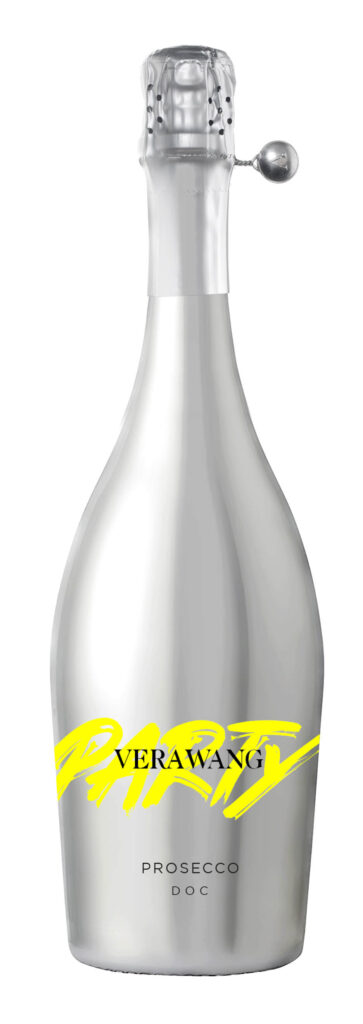
And while the designer could likely justify pricing her Prosecco in the same range as the best-known Champagne houses, she has instead chosen restraint: the SRP for a 750ml of PARTY is just $25.
The label’s press release sums PARTY up thusly: “It’s what we could all use right now—a little bit of fun, a little bit of joy, and a new way to commemorate life’s meaningful moments.”
Half-size Heavy Hitter
To some, the only thing better than drinking bubbles is drinking rosé bubbles. For them, the pink hue screams, “We’re celebrating!”
Whether that means celebrating nuptials or a return to gathering and socializing this summer, Avaline is ready.
View this post on Instagram
The clean, vegan-friendly wine brand is offering Avaline Sparkling Rosé, sold in 375ml bottles. This brand-new, small-run sparkler is just $25 per bottle.
Sparkling Rosé joins original Avaline labelmates Red and White, along with more recent releases Rosé and Sparkling.
Interestingly, it isn’t just Avaline’s focus on transparency building their deeply loyal fanbase. The Cameron Diaz and Katherine Power brand listens to their consumers to learn what to release next. After the release of Avaline Sparkling, the label’s community requested a sparkling rosé expression.
Avaline says people can expect rose petals, stone fruit and a hint of pomegranate on the nose and berry lemonade, tart peaches, and floral flavors.
Along with the rest of the Avaline lineup, Sparkling Rosé is sure to be popular during Summer 2021 weddings and other celebrations.
Vintage Vino
For vintage-loving sparkler fans, the latest Sonoma-Cutrer special release is the sip of this summer.
Sonoma Cutrer Grand Cuvée Late Disgorge 2014 Sparkling Chardonnay is a 60-40 blend of Chardonnay and Pinot Noir.
Per Sonoma-Cutrer, drinkers Grand Cuvée Late Disgorge features red apple and pear most prominently on the nose. However, that aroma is complimented by notes of hazelnut, brioche bread, mineral, and Meyer lemon.
On the palate, expect apple fruit, nut, and light strawberry flavors balanced by Sonoma-Cutrer’s hallmark high acidity. Rich and complex without overwhelming the palate, Grand Cuvée Late Disgorge pairs well with light summer fare such as oysters, salmon caviar, and fruit tarts.
This stunning bottle of California sparkling carries an SRP of $43 per bottle ($34.40 for Club Cutrer members).
Big Event Business
In America, the wedding industry generates around $60 billion annually. That number doesn’t even include honeymoons, an industry in and of itself that can be worth up to $8 billion per year.
Obviously, restaurant, bar, hotel and event space operators should find those values compelling.
Operators capable of delivering on special events should be angling to land rehearsal dinners, wedding receptions, and even engagement celebrations, bachelor, and bachelorette parties.
However, doing so means running a tight ship that pays attention to the details and delivers top-level service; developing relationships with wedding and event planners, and concierges; and keeping on top of current wedding and wedding-related trends.
Generating revenue after the horror show of 2020 and the first half of 2021 requires adapting operations. Moving into the event space—weddings, for example—can prove very lucrative.
Image: Vera Wang






